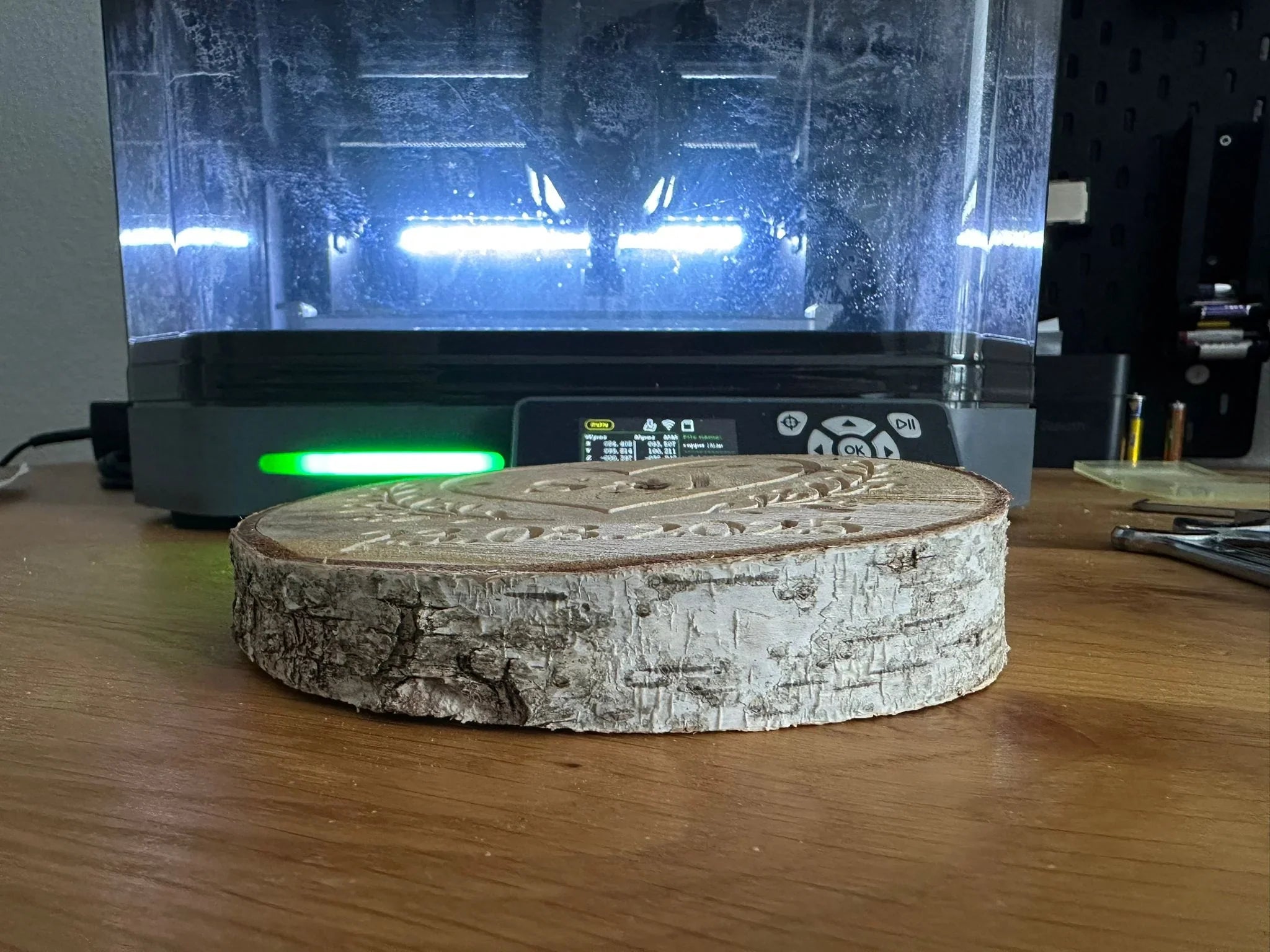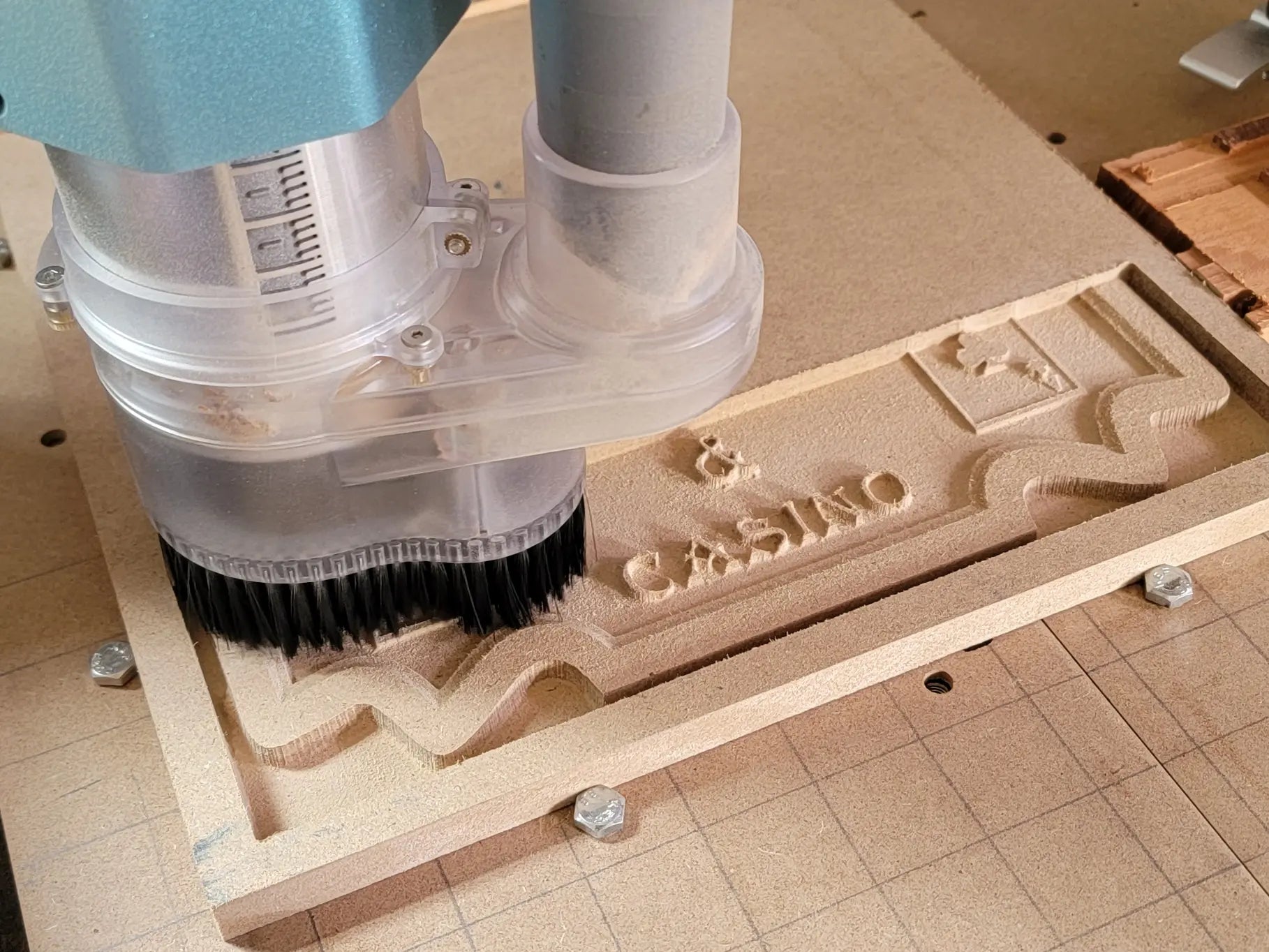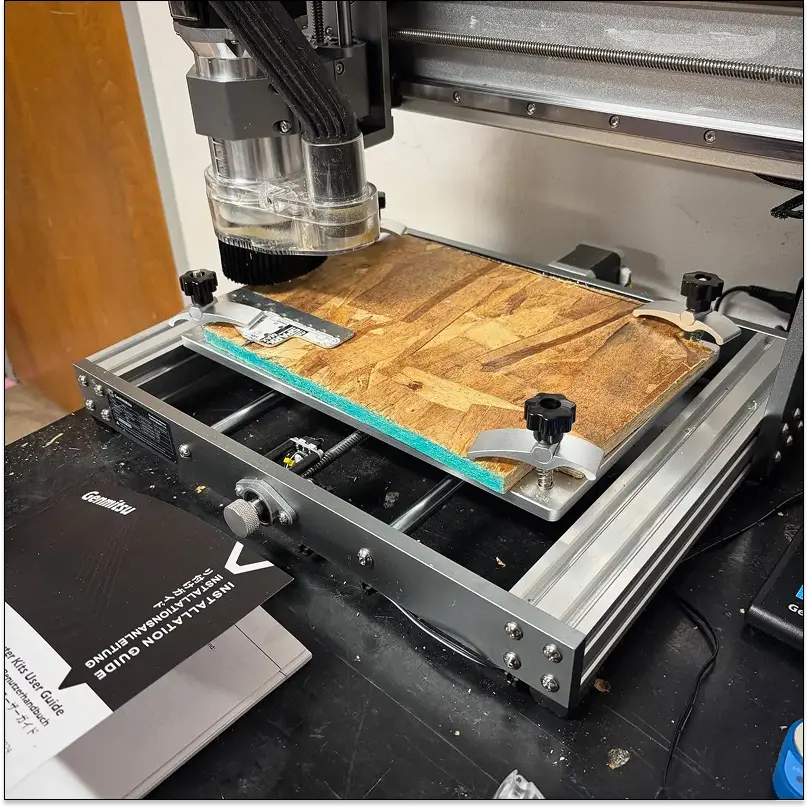
You've got a 3D Printer, or you're looking to buy a 3D Printer and each one seems to indicate it prints in either ABS, PLA, or both. So you find yourself wanting to know, what is the difference between ABS and PLA.
Some Common Ground
There are many materials that are being explored for 3D Printing, however you will find that the two dominant plastics are ABS and PLA. Both ABS and PLA are known as thermoplastics; that is they become soft and moldable when heated and return to a solid when cooled. This process can be repeated again and again. Their ability to melt and be processed again is what has made them so prevalent in society and is why most of the plastics you interact with on a daily basis are thermoplastics.
Now while there are many thermoplastics, very few of them are currently used for 3D Printing. For a material to prove viable for 3D Printing, it has to pass three different tests; initial extrusion into Plastic Filament, second extrusion and trace-binding during the 3D Printing process, then finally end use application.
To pass all three tests, a material's properties must lend desirably to first, it's formation into the raw 3D Printer feedstock called Plastic Filament; second, process well during 3D Printing giving visually pleasing and physically accurate parts; and lastly, it's properties should match the intended application, whether that be strength, durability, gloss, you name it. Often, a material will pass one test so superbly, that it becomes worth the extra effort to battle with it during its other stages. Polycarbonate, a lesser known printing material is this way. For some applications, it's strength and temperature resistance makes it worth the battle to print accurate and fully fused parts.
The first test, that of production from base plastic resin into top-notch Plastic Filament such as what we carry is a strict and carefully monitored process. It is a battle of wits and engineering that takes the plastic from a pile of pellets to a uniformly dense, bubble free, consistently sized, round rod. Here there is little difference between ABS and PLA; most thermoplastics can pass this test, it is mainly just a question of the time and costs required to do so while still producing Plastic Filament that runs smoothly and consistently during the next stage, 3D Printing.
Here is where the two plastics divide and will help to explain why different groups prefer one over the other.
Storage
Both ABS and PLA do best if, before use or when stored long term, they are sealed off from the atmosphere to prevent the absorption of moisture from the air. This does not mean your plastic will be ruined by a week of sitting on a bench in the shop, but long term exposure to a humid environment can have detrimental effects, both to the printing process and to the quality of finished parts.
ABS - Moisture laden ABS will tend to bubble and spurt from the tip of the nozzle when printing; reducing the visual quality of the part, part accuracy, strength and introducing the risk of a stripping or clogging in the nozzle. ABS can be easily dried using a source of hot (preferably dry) air such as a food dehydrator.
PLA - PLA responds somewhat differently to moisture, in addition to bubbles or spurting at the nozzle, you may see discoloration and a reduction in 3D printed part properties as PLA can react with water at high temperatures and undergo de-polymerization. While PLA can also be dried using something as simple as a food dehydrator, it is important to note that this can alter the crystallinity ratio in the PLA and will possibly lead to changes in extrusion temperature and other extrusion characteristics. For many 3D Printers, this need not be of much concern.
Smell
ABS - While printing ABS, there is often a notable smell of hot plastic. While some complain of the smell, there are many who either do not notice it or do not find it to be particularly unbearable. Ensuring proper ventilation in small rooms, that the ABS used is pure and free of contaminants and heated to the proper temperature in a reliable extruder can go a long way in reducing the smell.
PLA - PLA on the other hand, being derived from sugar gives off a smell similar to a semi-sweet cooking oil. While it certainly won't bring back fond memories of home-cooked meals, it is considered by many an improvement over hot plastic.
Part Accuracy
Both ABS and PLA are capable of creating dimensionally accurate parts. However, there are a few points worthy of mention regarding the two in this regard.
ABS - For most, the single greatest hurdle for accurate parts in ABS will be a curling upwards of the surface in direct contact with the 3D Printer's print bed. A combination of heating the print surface and ensuring it is smooth, flat and clean goes a long way in eliminating this issue. Additionally, some find various solutions can be useful when applied beforehand to the print surface. For example, a mixture of ABS/Acetone, or a shot of hairspray.
For fine features on parts involving sharp corners, such as gears, there will often be a slight rounding of the corner. A fan to provide a small amount of active cooling around the nozzle can improve corners but one does also run the risk of introducing too much cooling and reducing adhesion between layers, eventually leading to cracks in the finished part.
PLA - Compared to ABS, PLA demonstrates much less part warping. For this reason it is possible to successfully print without a heated bed and use more commonly available "Blue" painters tape as a print surface. Ironically, totally removing the heated bed can still allow the plastic to curl up slightly on large parts, though not always.
PLA undergoes more of a phase-change when heated and becomes much more liquid. If actively cooled, much sharper details can be seen on printed corners without the risk of cracking or warp. The increased flow can also lead to stronger binding between layers, improving the strength of the printed part.
ABS and PLA General Material Properties
In addition to a part being accurately made, it must also perform in its intended purpose.
ABS - ABS as a polymer can take many forms and can be engineered to have many properties. In general, it is a strong plastic with mild flexibility (compared to PLA). Natural ABS before colorants have been added is a soft milky biege. The flexibility of ABS makes creating interlocking pieces or pin connected pieces easier to work with. It is easily sanded and machined. Notably, ABS is soluble in Acetone allowing one to weld parts together with a drop or two, or smooth and create high gloss by brushing or dipping full pieces in Acetone.
It's strength, flexibility, machinability, and higher temperature resistance make it often a preferred plastic by engineers and those with mechanical uses in mind.
PLA - Created from processing any number of plant products including corn, potatoes or sugar-beets, PLA is considered a more 'earth friendly' plastic compared to petroleum based ABS. Used primarily in food packaging and containers, PLA can be composted at comercial compost facilities. It won't bio-degrade in your backyard or home compost pile however. It is natural transparent and can be colored to various degrees of translucency and opacity. Also strong, and more rigid than ABS, it is occasionally more difficult to work with in complicated interlocking assemblies and pin-joints. Printed objects will generally have a glossier look and feel than ABS. With a little more work, PLA can also be sanded and machined. The lower melting temperature of PLA makes it unsuitable for many applications as even parts spending the day in a hot car can droop and deform.
In Summary
Simplifying the myriad factors that influence the use of one material over the other, broad strokes draw this comparison.
ABS - It's strength, flexibility, machinability, and higher temperature resistance make it often a preferred plastic for engineers, and professional applications. The hot plastic smell deter some as does the plastics petroleum based origin. The additional requirement of a heated print bed means there are some printers simply incapable of printing ABS with any reliability.
PLA - The wide range of available colors and translucencies and glossy feel often attract those who print for display or small household uses. Many appreciate the plant based origins and prefer the semi-sweet smell over ABS. When properly cooled, PLA seems to have higher maximum printing speeds, lower layer heights, and sharper printed corners. Combining this with low warping on parts make it a popular plastic for home printers, hobbyists, and schools.





![[Teil 2] Wie der SainSmart 3020-ULTRA zum MVP unserer Robotertechnik wurde [Teil 2] Wie der SainSmart 3020-ULTRA zum MVP unserer Robotertechnik wurde](http://de.sainsmart.com/cdn/shop/articles/How_the_SainSmart_3020-ULTRA_Became_the_MVP_of_Our_Robotics_Workshop_1.webp?v=1754296870)
